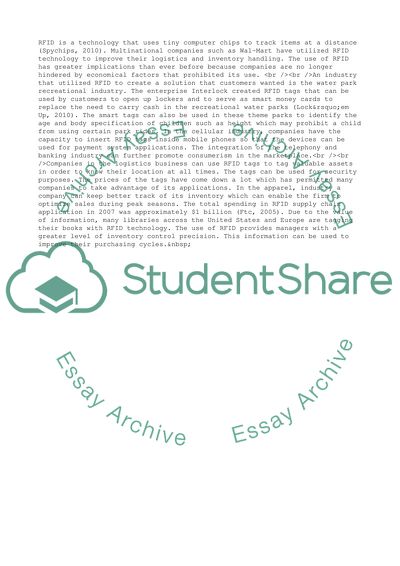Cite this document
(Implications of RFID Technology Coursework Example | Topics and Well Written Essays - 1500 words, n.d.)
Implications of RFID Technology Coursework Example | Topics and Well Written Essays - 1500 words. https://studentshare.org/business/1564447-implications-of-rfid-technology
Implications of RFID Technology Coursework Example | Topics and Well Written Essays - 1500 words. https://studentshare.org/business/1564447-implications-of-rfid-technology
(Implications of RFID Technology Coursework Example | Topics and Well Written Essays - 1500 Words)
Implications of RFID Technology Coursework Example | Topics and Well Written Essays - 1500 Words. https://studentshare.org/business/1564447-implications-of-rfid-technology.
Implications of RFID Technology Coursework Example | Topics and Well Written Essays - 1500 Words. https://studentshare.org/business/1564447-implications-of-rfid-technology.
“Implications of RFID Technology Coursework Example | Topics and Well Written Essays - 1500 Words”. https://studentshare.org/business/1564447-implications-of-rfid-technology.


